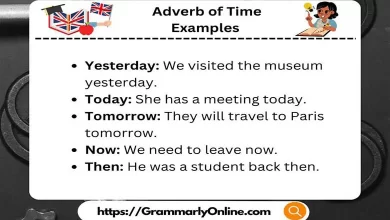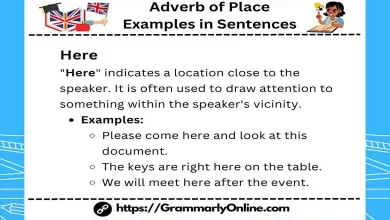into In A Sentence
The word “into” is a common preposition in English that signifies movement or change from one state to another. Its proper usage is crucial for clear and effective communication. Understanding how to correctly use “into” in a sentence can enhance writing and ensure precise conveyance of ideas. This article delves into the various contexts and nuances of using “into” in sentences, providing detailed explanations and examples to help writers master its application.
Basic Usage of ‘Into’
“Into” generally indicates movement towards the interior of a place or a state change. It is used to show that someone or something is going from one location to another or transforming from one state to another.
Movement
When “into” denotes movement, it shows that someone or something is moving from outside to inside a space.
Example:
- She walked into the room.
In this sentence, “into” indicates that she moved from outside the room to inside it.
Change of State
“Into” can also indicate a transformation or change from one state to another.
Example:
- The caterpillar turned into a butterfly.
Here, “into” shows the transformation of the caterpillar to a butterfly.
Detailed Examples of ‘Into’ in Different Contexts
Physical Movement
Using “into” to describe physical movement is straightforward. It highlights the direction and endpoint of the movement.
Example:
- He jumped into the pool.
This sentence describes the action of jumping from outside the pool to inside the pool.
Inclusion or Involvement
“Into” can also denote involvement or interest in an activity or subject.
Example:
- She is really into classical music.
Here, “into” expresses her strong interest in classical music.
Division or Partition
“Into” is used to indicate division or partition of something into parts.
Example:
- The cake was divided into eight slices.
This sentence shows that the cake was separated into eight parts.
Collision or Impact
“Into” can describe a collision or impact where one object comes in contact with another.
Example:
- The car crashed into the wall.
In this instance, “into” shows the direction of the crash towards the wall.
Common Pitfalls and How to Avoid Them
Using “into” correctly can sometimes be challenging. Here are some common mistakes and tips to avoid them.
Incorrect Use with ‘In To’
A common mistake is confusing “into” with the separate words “in to.” While “into” implies movement or change, “in to” can often be broken down into “in” and “to,” each serving different purposes in the sentence.
Incorrect:
- He walked in to the room.
Correct:
- He walked into the room.
The correct usage is “into” because it indicates the movement from outside to inside the room.
Redundancy
Avoid using “into” unnecessarily, as it can make sentences redundant and awkward.
Incorrect:
- He entered into the house.
Correct:
- He entered the house.
Since “entered” already implies movement to the inside, “into” is redundant.
Advanced Usage of ‘Into’
For more sophisticated writing, understanding advanced usages of “into” can add depth and clarity to sentences.
Metaphorical Uses
“Into” can be used metaphorically to describe emotional or abstract changes.
Example:
- She grew into a confident leader.
This sentence uses “into” to describe the abstract transformation of becoming a confident leader.
Scientific and Technical Contexts
In scientific and technical writing, “into” is often used to describe processes or transformations.
Example:
- The substance was heated and turned into a gas.
Here, “into” describes the transformation of the substance from a solid or liquid state to a gaseous state.
Expressions and Idioms
“Into” is also part of many idiomatic expressions that can enrich writing.
Example:
- He talked me into trying the new restaurant.
In this idiom, “talked into” means persuading someone to do something.
Enhancing Writing with ‘Into’
Using “into” effectively can enhance the clarity and flow of writing. It is essential to understand its various applications and nuances to use it correctly.
Improving Sentence Structure
Careful placement of “into” can improve sentence structure and readability.
Example:
- The team organized the data into categories for easier analysis.
This sentence uses “into” to show the categorization of data, improving clarity.
Creating Vivid Descriptions
“Into” can help create vivid descriptions by indicating direction and transformation clearly.
Example:
- The artist blended colors into a beautiful sunset on the canvas.
This use of “into” helps visualize the transformation of colors into a sunset.
Conclusion
Mastering the use of “into” is crucial for effective writing. Whether describing physical movement, changes in state, or abstract transformations, “into” provides clarity and precision. By understanding and avoiding common pitfalls, and utilizing advanced techniques, writers can significantly enhance their sentences, ensuring clear and engaging communication.

